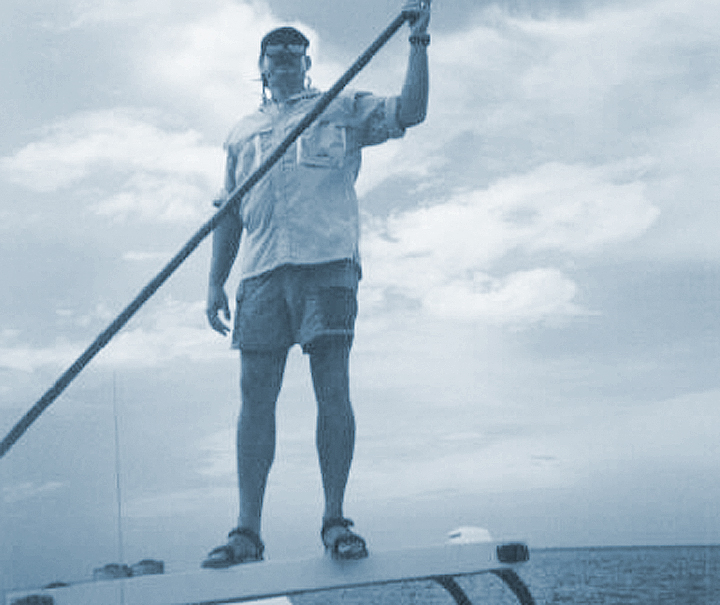Here we are, the month of June. May fishing ended with a bang, while June fishing is just getting started. Other than a few weather issues for the week, there’s no reason the fishing should continue where it left off. Water temperatures have continued to increase and are now reading slightly above the middle 70s. If the June fishing produces anything like the last half of May did, anglers are in for a real treat.
Offshore fishing, the Gulf Stream area is where the majority of the action has been the past week. Two blue marlin were caught and weighed in at the 41st annual Cape Fear Blue Marlin Tournament. Bringing one fish to the scales that met the federal or tournament rules hasn’t happened in at least 10 years, but bringing two fish to the scales is something this small billfish tournament hasn’t seen in forever.
The first day, a blue weighing 447 pounds was landed by the crew on the J&B. Everyone assumed, based on history of fish being weighed, this tournament was over. But on the last day, a mammoth fish almost double the size of J&B’s was brought to the dock. That fish, caught on the Coverage, tipped the scales at 821 pounds. Both fish are a feat that any angler would be proud of, but there’s even more history to look into.
Looking back through the records of The Big Rock Blue Marlin Tournament, the largest billfish tournament in North Carolina, and a possible payout to the winner of more than $1 million, draws a large number of boats. There is only one fish on record starting from 1957 that bested the beast weighed in on Saturday. That fish, caught in 2000, weighed 831 pounds. In addition, there were a few other blue marlin and other billfish released. Hopefully these fish will raise plenty of eyebrows and bring more success, crowds and participants to future Cape Fear Blue Marlin Tournaments.
Elsewhere, large gaffer dolphin are biting when the marlin aren’t, along with a few wahoo and an occasional tuna. Closer to the beach, anglers are finding some decent action with king mackerel and smaller dolphin in the 20-30 mile range, and as conditions warm they will continue to migrate inshore.
Some king mackerel have been caught on or close to the beaches, but local action has been sporadic. While there should be some larger king mackerel in our waters, a lot of anglers will start seeing smaller kings being caught on Spanish mackerel rigs. When encountering these smaller kings, anglers will readily believe they’ve landed a trophy Spanish, only to be disappointed when checked by marine patrol. They advise them otherwise, while taking their fish and replacing it with a pink piece of paper and a court date. For good identification instructions, log onto the Division of Marine Fisheries website, click on recreational fishing then scroll to the bottom and click on mackerel identification. Print it out and take it with you if you don’t have a good memory or don’t really know what you are looking at. Once you get back to the dock and the man in gray approaches you, you’ll be glad you had the knowledge.




